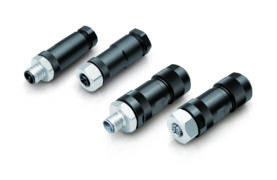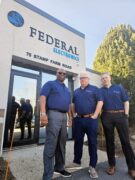The trend of investment in and acquisition of mobile robotic companies seeking to automate the movement of goods within warehouses, fulfilment centres, and manufacturing facilities is still rising. Only in recent months, we have seen three notable activities: Amazon, Shopify, and Teradyne acquired Canvas Technology, 6 River Systems, and AutoGuide, respectively. In this article, we discuss some notable acquisitions whilst considering relevant technology and market trends.
The following discussion is based on our report “Mobile Robots, Autonomous Vehicles, and Drones in Logistics, Warehousing, and Delivery 2020-2040”. This report provides a comprehensive analysis of all the key players, technologies, and markets. It covers automated as well as autonomous carts and robots, automated goods-to-person robots, autonomous and collaborative robots, delivery robots, mobile picking robots, autonomous material handling vehicles such as tuggers and forklifts, autonomous trucks, vans, and last-mile delivery robots and drones.
We provide technology roadmaps and twenty-year market forecasts, in unit numbers and revenue, for all the technologies outlined above (13 forecast lines). We built a twenty-year model because our technology roadmap suggests that these changes will take place over long timescales. In our detailed forecasts, we clearly explain the different stages of market growth and outline the key assumptions/conditions as well as data points that underpin our model.
Recent acquisitions: why companies pay such high multiples
Canvas Technology, a company based in Colorado, had developed an advanced navigation technology, enabling its mobile platforms to achieve intelligent autonomous mobility. The company had developed navigation algorithms based on high-definition RGB cameras, enabling the robot to detect and classify objects. This is an advancement over earlier generations in which the navigation was achieved using only 2D ranging lidars. The additional object detection and classification capability enable the robot to operate in more dynamic, complex, and challenging environments, and to achieve more intelligent path planning in response to different objects and environments. In short, it puts the company on a technology roadmap with ample room for development and improvement.










